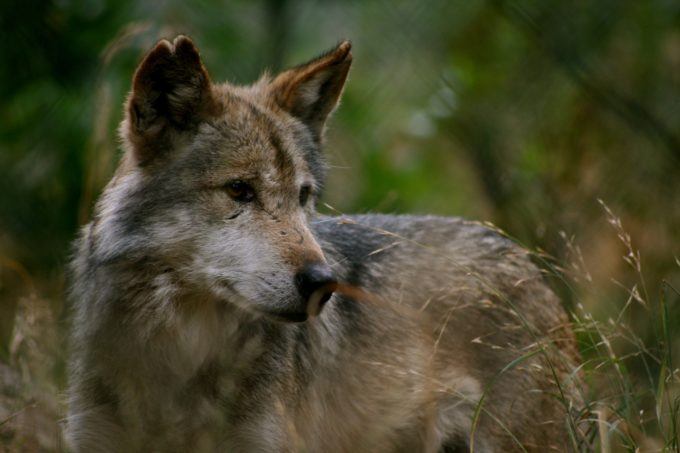Recreation Act Threatens Greater Yellowstone
The Madison-Gallatin region in southwest Montana is part of one of the most intact, diverse and wildlife rich areas in the temperate zones of the Earth called the Greater Yellowstone Ecosystem. There are 94 mammal species in these two ranges including the omnivorous grizzly bear and black bear, bobcat, lynx, coyote, fisher, wolf, marten, mountain More
The post Recreation Act Threatens Greater Yellowstone appeared first on CounterPunch.org.

Gray wolf. Photo: Jeffrey St. Clair.
The Madison-Gallatin region in southwest Montana is part of one of the most intact, diverse and wildlife rich areas in the temperate zones of the Earth called the Greater Yellowstone Ecosystem.
There are 94 mammal species in these two ranges including the omnivorous grizzly bear and black bear, bobcat, lynx, coyote, fisher, wolf, marten, mountain lion, red fox, swift fox and wolverine. Major ungulate species are bighorn sheep, buffalo, elk, moose, mountain goat, mule deer, pronghorn antelope and white-tail deer.
The centerpiece of this region is the 155,000-acre Hyalite Porcupine Buffalo Horn Wilderness Study Area (WSA) established by Congress. Over 100 scientists and organization leaders including former Interior Secretary Bruce Babbitt, former Yellowstone National Park Superintendent Mike Finley, principal Greater Yellowstone Coalition founder Rick Reese and former GYC executive director Mike Clark called for 230,000 acres of Wilderness for the Gallatin Range writing: “It has long been recognized by the scientific community that protected areas in isolation fail to preserve species and ecosystem processes adequately. The Gallatin Range is a recognized wildlife corridor linking Yellowstone National Park to the Northern Continental Divide Ecosystem.”
Dr. Frank L. Craighead wrote: “Fragmenting the Hyalite Porcupine Buffalo Horn WSA into smaller pieces of protected habitat would greatly diminish its value for wildlife habitat and the provision of ecosystems services and could nullify its ability to function as a refuge from climate change.”
The Gallatin Forest Partnership led by the Greater Yellowstone Coalition, The Wilderness Society, The Winter Wildlands Alliance and motorized and mechanized recreation user groups aren’t listening. They had an inordinate influence on the Revised Custer Gallatin Forest Plan. Since they didn’t get everything they wanted, they are selfishly proposing legislation called The Greater Yellowstone Conservation and Recreation Act (GYRA).
GYRA is short on conservation and heavy on recreation including snowmobiles, motorcycles, dirt bikes and ski bikes. The WSA would be cut into several pieces. More than 63,000 acres including the lower elevation most critical wildlife habitat would be dedicated to heavy motorized and mechanized recreational use. This includes the east side of the Gallatin Range critical to elk herds and in the wildlife rich Porcupine and Buffalo Horn drainages. The north end is turned into a dedicated recreation year-round heavy use area.
GYRA would release a total of 240,000 acres of Wilderness eligible lands. It would flood the zone with motorized and mechanized recreation. Mountain bikes now have studded tires for over snow travel. There are motorized snow skis that go through forests. Unrestricted use would impact sensitive wildlife habitat including winter ranges, migration routes, calving areas, denning grounds and riparian areas. The new recreation infrastructure would become permanent features of the landscape with little chance of reversing course. Some of this area could be logged.
The GYRA crowd has no institutional memory. They need to listen to their respected elders like Dorothy Bradley and the retired superintendents, secretaries, conservation and science leaders. Recreation isn’t conservation as the GYRA proponents imply.
The Wilderness Act is the “gold standard” for protection of wilderness, wildlife and fish habitat and biological diversity. The GYRA succumbs to the hedonistic demands of the outdoor recreation lobby. As the human population and visitation both grow, the pressure on native wildlife and fish will diminish this resource. The designations in the GYRA are not well-suited to this unique landscape. Self-interest legislation from user groups is not in the public interest. We can do better.
The post Recreation Act Threatens Greater Yellowstone appeared first on CounterPunch.org.
